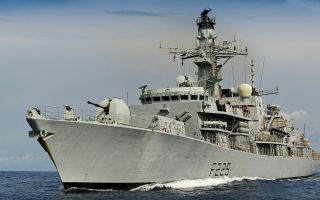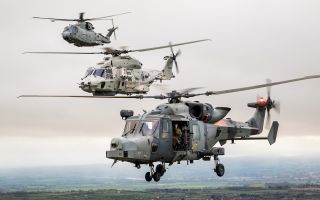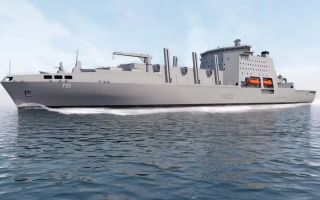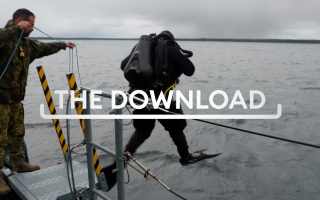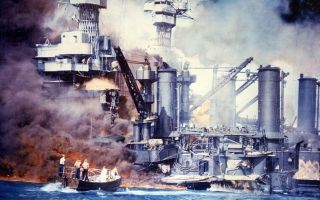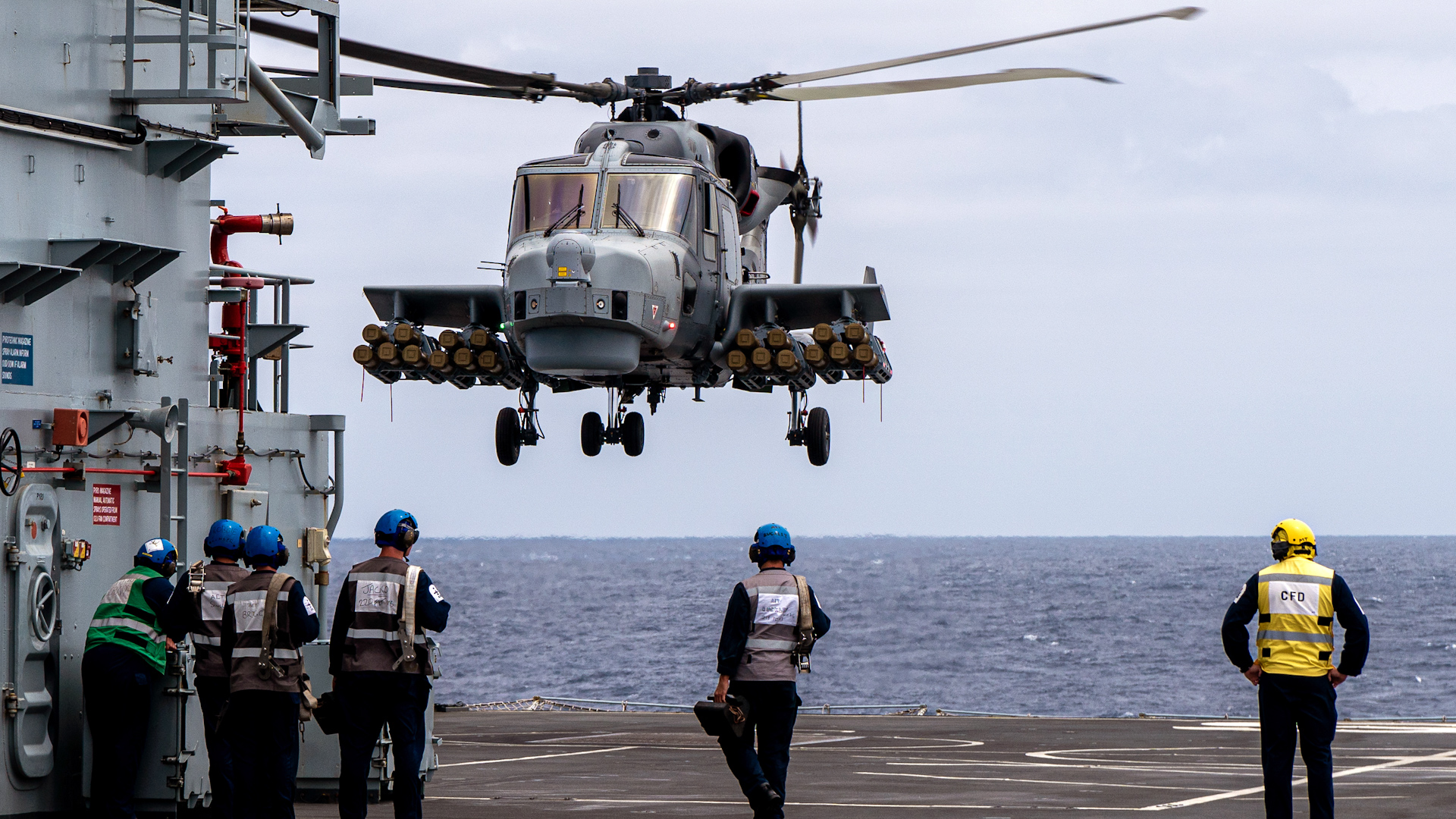
Royal Navy's new anti-ship missiles ready for frontline after trials

The Royal Navy's new ship-busting missiles have exceeded expectations during testing and are now ready for front-line operations.
Martlet and Sea Venom are the Royal Navy's new air-to-surface anti-ship missiles and underwent month-long trials.
They completed extensive tests in the Atlantic and the Mediterranean, with expert aviators, scientists and a Wildcat helicopter, informing the manual for using the weapons in a number of weather and sea conditions.
RFA Argus worked as the training ship, sailing more than 8,000 miles in the Atlantic – mostly between the Canary Islands and Cape Verde, and then into the Mediterranean, looking for different weather conditions.
The Martlet, a light missile weighing 13kg, is made for smaller or lightly protected targets such as fast attack craft, motor boats, and patrol boats.
It comes with a 3kg explosive charge as Martlet smashes into its target at twice the speed of sound.
However, Sea Venom is intended for larger, more heavily armoured warships – with 10 times the punch of Martlet.
Watch: Missiles destroy decommissioned US Navy ship during sinking exercise.
Around 30 people were involved in the trials, with the Wildcat from 815 Naval Air Squadron taking off and landing more than 900 times with different payloads in different conditions.
Wind speed, direction and air flow over the deck, humidity, temperature and sea state are among some of the conditions that can affect the performance of the helicopter.
Fitting the weapons on the helicopter changes the way the aircraft will handle, so in order to work out safe flying, a specially modified Wildcat packed with sensors joined RFA Argus, the aviation training ship, for a month.
Each Wildcat can carry up to four – or a combination of – Sea Venom and Martlets.
Commander Joe Dransfield, Commander of the Wildcat Maritime Force, sent "a massive thank-you from the frontline" to the trials team, describing the work done as "a sensational result built on great team working and investment through planning and execution".
Once the data had been collected from the trials, air and ground crew will use it to guide the operation of the missiles.
From initial results, the trials exceeded expectations, the Navy said, as the Wildcat clocked up 87 hours with weapons loads in seven different configurations – with the helicopter sometimes loaded up to more than six tonnes.

